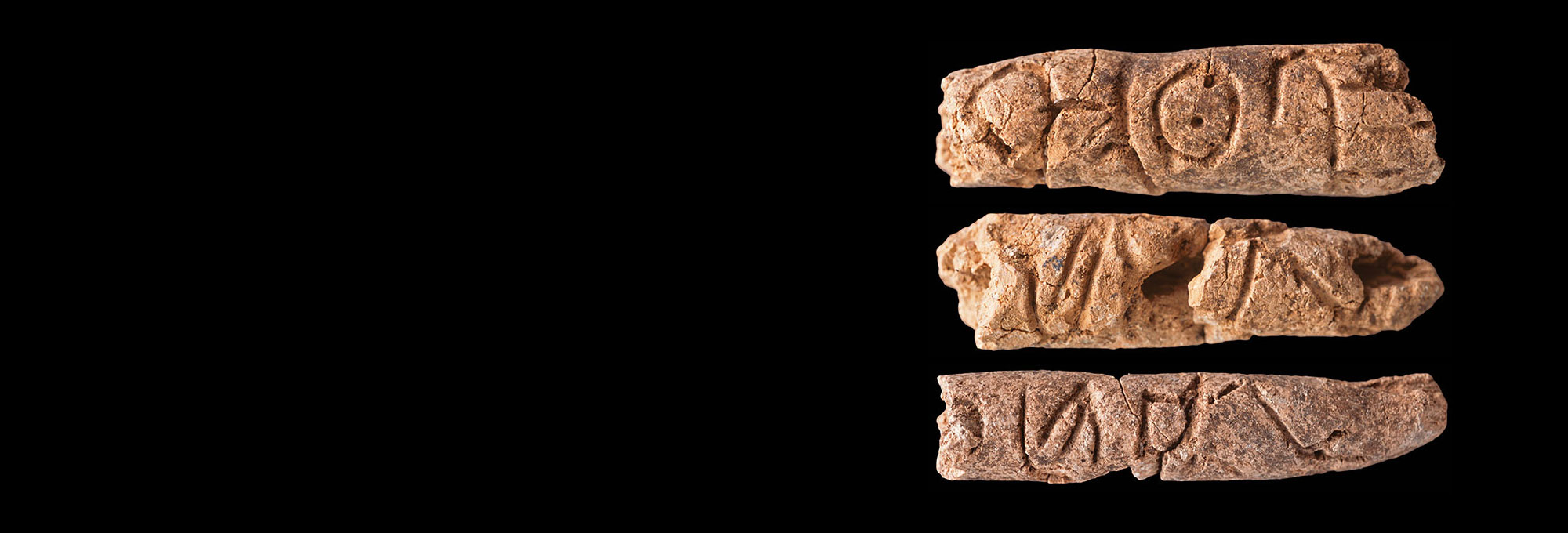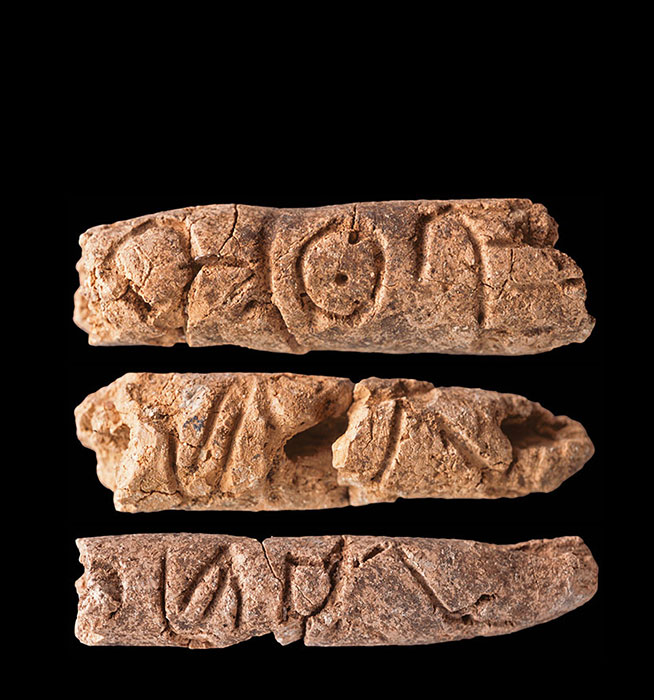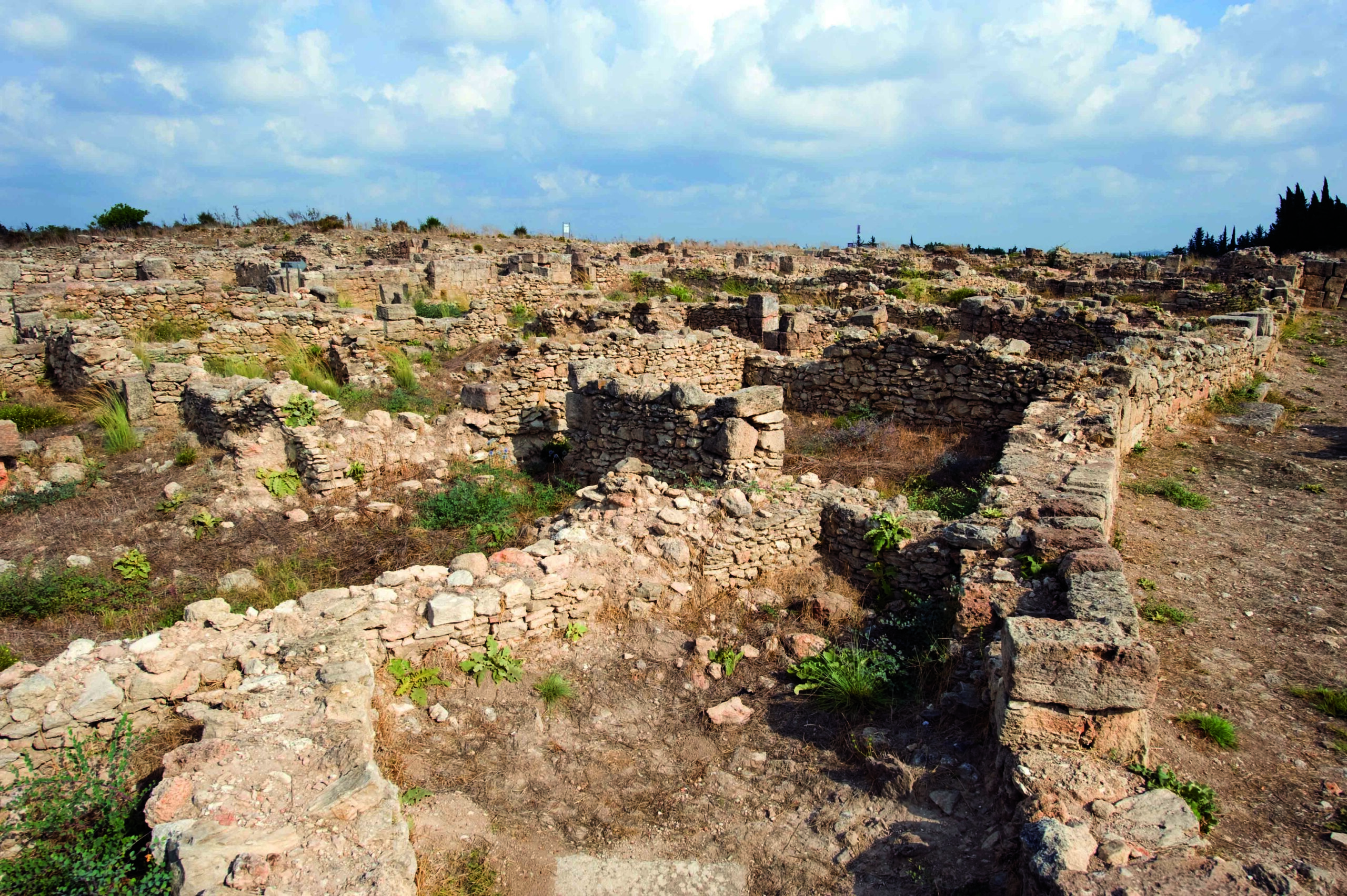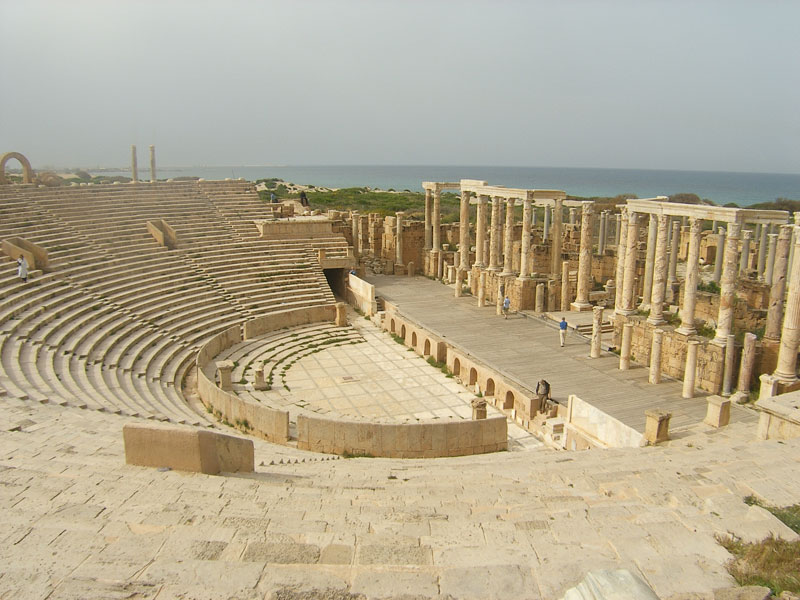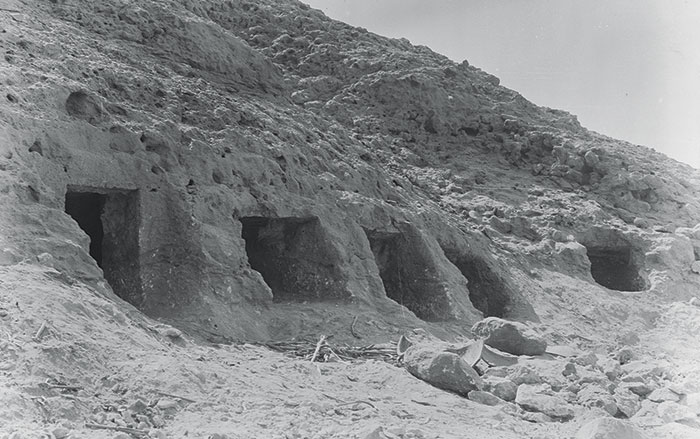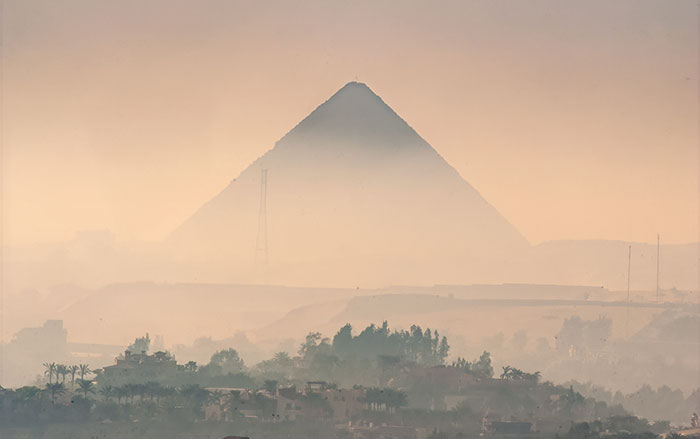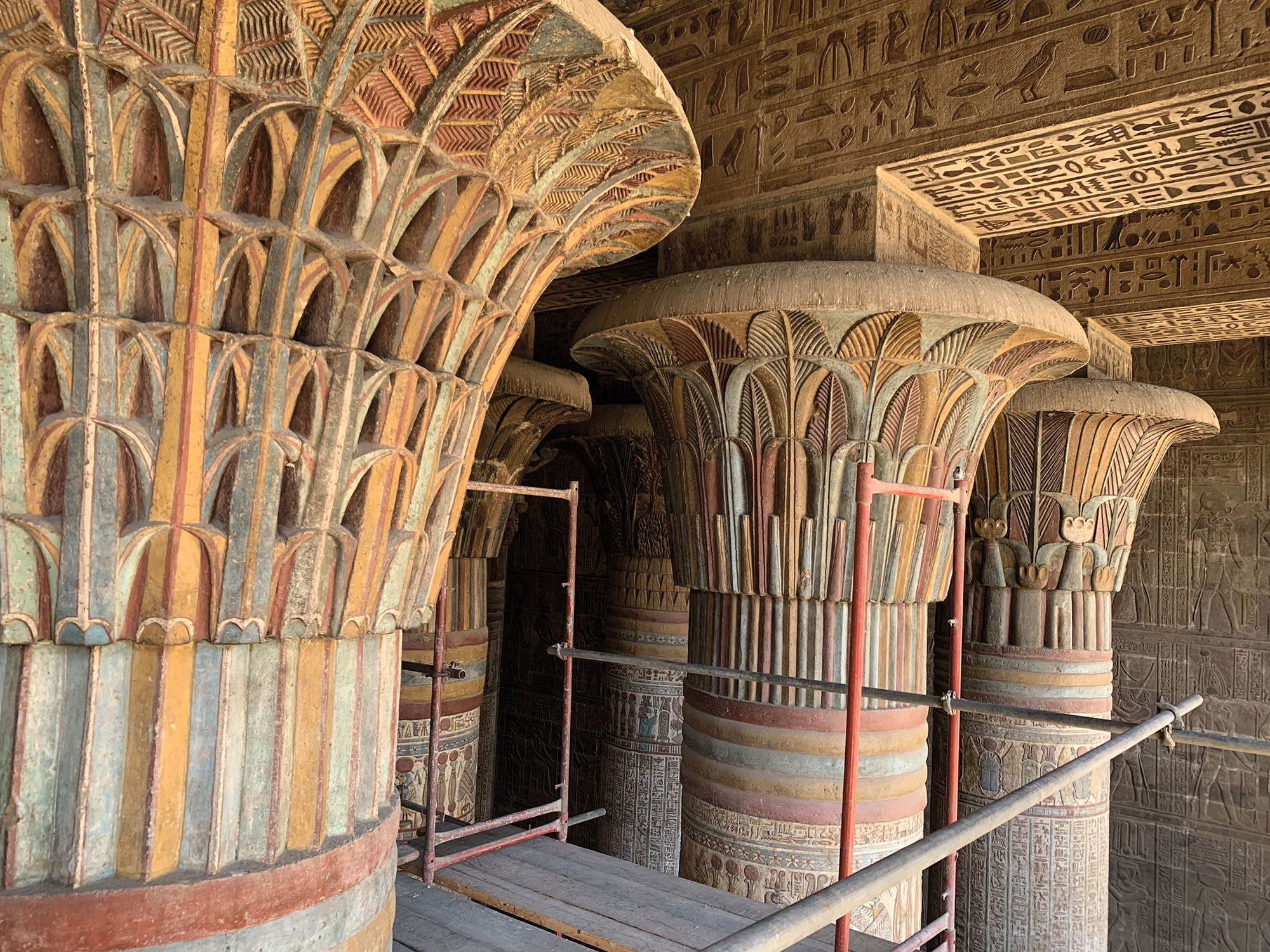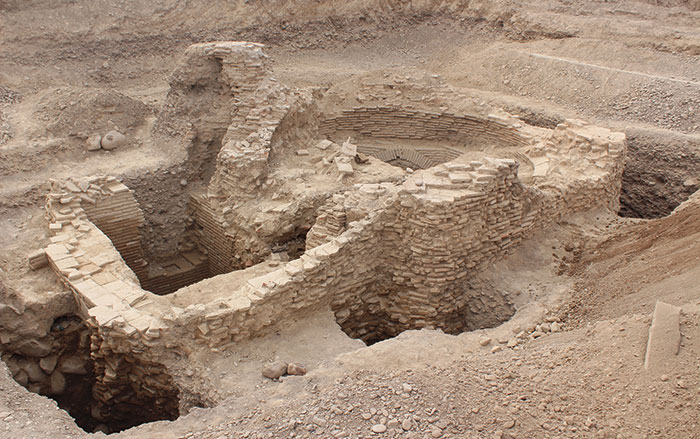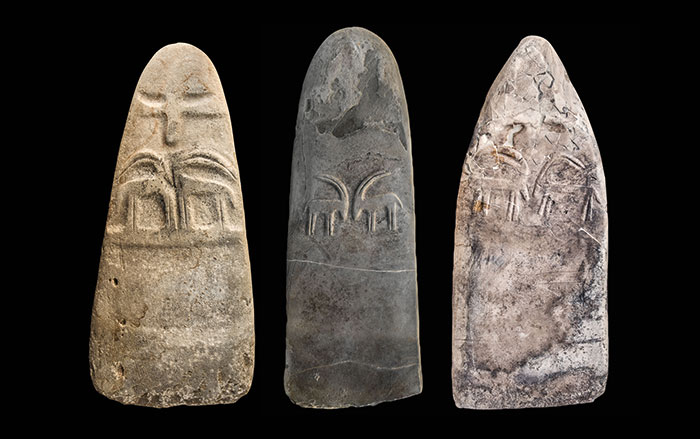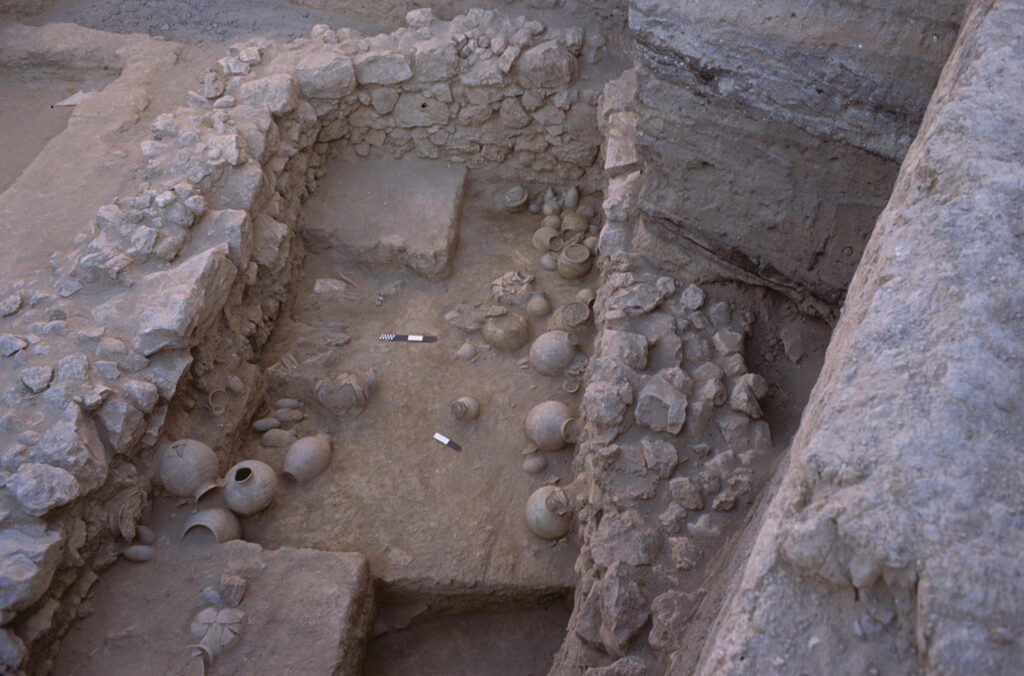
Before the invention of alphabets, literacy was the purview of Egyptian and Mesopotamian scribes trained in complex writing systems that could take years to master. Proto-Sinaitic script, which uses a set of alphabetic signs adapted from Egyptian hieroglyphics, is the earliest known system to rely on symbols alone to represent sounds and that could be mastered by someone who had never set foot in a scribal school. This early script is known principally from around 30 inscriptions written on monuments near a turquoise mine on the Sinai Peninsula dating to between approximately 1850 and 1700 b.c. Philologists, specialists in ancient writing, have been able to translate many of the inscriptions, some of which invoke the principal gods of the Canaanites, a Semitic-speaking people who lived in the Levant and had close contacts with the Egyptians. Either Egyptian-trained scribes or Canaanite turquoise miners were thought to have invented the script, which endures in ghostly form in many of the alphabets used by billions of people today.
So went the conventional wisdom two decades ago, when a team led by archaeologist Glenn Schwartz of Johns Hopkins University made a curious discovery in the Early Bronze Age (ca. 3100–2000 b.c.) levels at the site of Umm el-Marra in western Syria. In the third millennium b.c., the city there was most likely known as Dub and was the capital of a small Semitic-speaking kingdom. Dub’s wealthy residents were buried in well-built, amply furnished tombs in a necropolis that was unusual for its large size and prominence at the center of the city. Egyptologist Elaine Sullivan, now of the University of California, Santa Cruz, was excavating one such tomb dating to 2350 b.c. when she discovered four small clay cylinders embedded in the floor, each about the size of a finger. Inscribed on the cylinders were eight distinct symbols, of which five appeared on multiple cylinders. “That regularity suggested they likely represent writing of some sort,” says Schwartz.
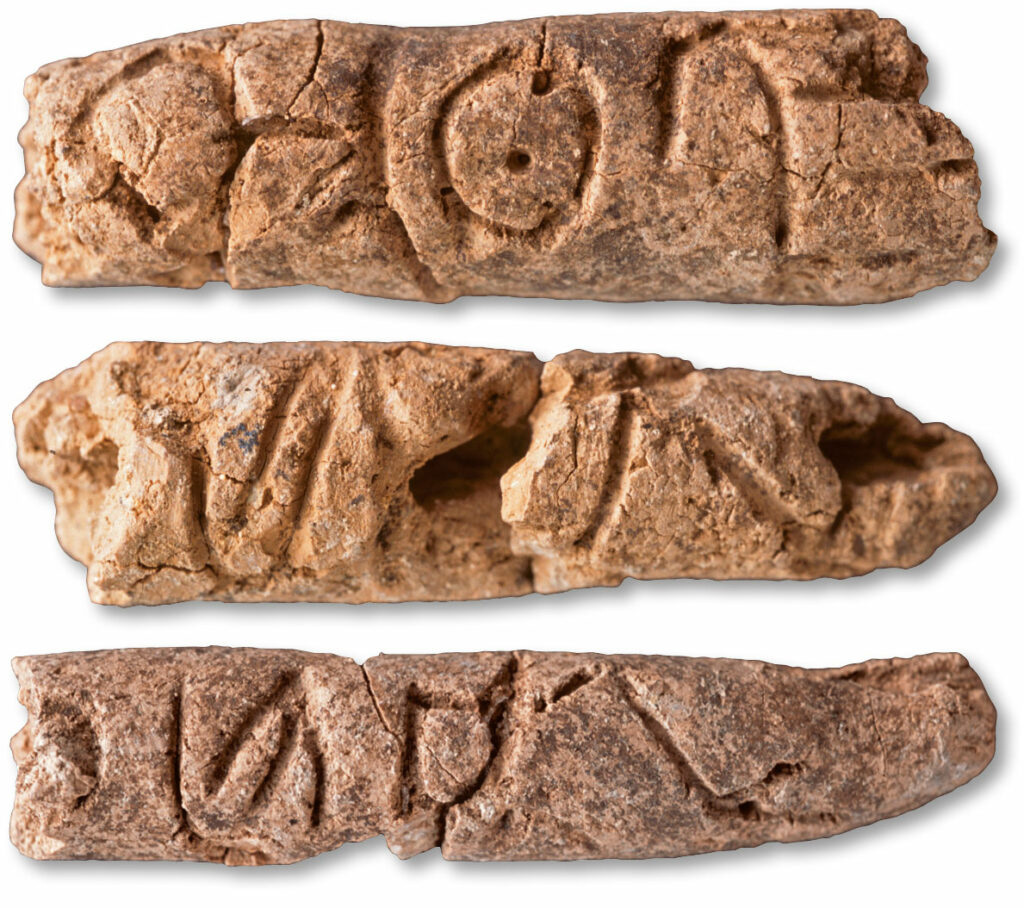
The symbols did not resemble Mesopotamian cuneiform or Egyptian hieroglyphs, the main writing systems used in the Near East during the Early Bronze Age. Schwartz did, however, note that several of the symbols bore some resemblance to Proto-Sinaitic script, which was thought to have been invented some 500 years after the cylinders were left in the tomb. He wondered if perhaps the cylinders were tags used to identify goods. Hoping to draw the attention of specialists in early writing, in 2006 Schwartz published an article in which he noted that the inscriptions on the cylinders could be writing. “I’m an archaeologist, not a philologist,” he says. Schwartz did not hazard his interpretation that the inscriptions might be the earliest examples of Proto-Sinaitic script. “I thought the philologists would take it from there,” he says, “but no one took the bait.”
In the absence of other scholars offering their interpretations, Schwartz published another paper four years later, this time putting forth the idea that the cylinders were inscribed with a script resembling Proto-Sinaitic. “Again, there was no response from philologists,” he says. Eventually, however, over the course of the next decade, Schwartz began to hear from scholars receptive to his ideas. In fall 2024, a full 20 years after the cylinders were discovered, Schwartz delivered a conference paper proposing that the cylinders could have been inscribed by Early Bronze Age Semitic-speaking peoples who traded with Egyptians and were inspired to develop their own writing system. Many of Schwartz’s colleagues—both archaeologists and philologists—are now open to the suggestion that the origins of Proto-Sinaitic script are far earlier than they had previously believed. Philologist Ted Lewis of Johns Hopkins University has even proposed a possible reading of one of the inscriptions as “Sil‘anu,” a personal name that derives from the ancient Semitic root for rock. “I’m looking forward to other translations,” says Schwartz.


